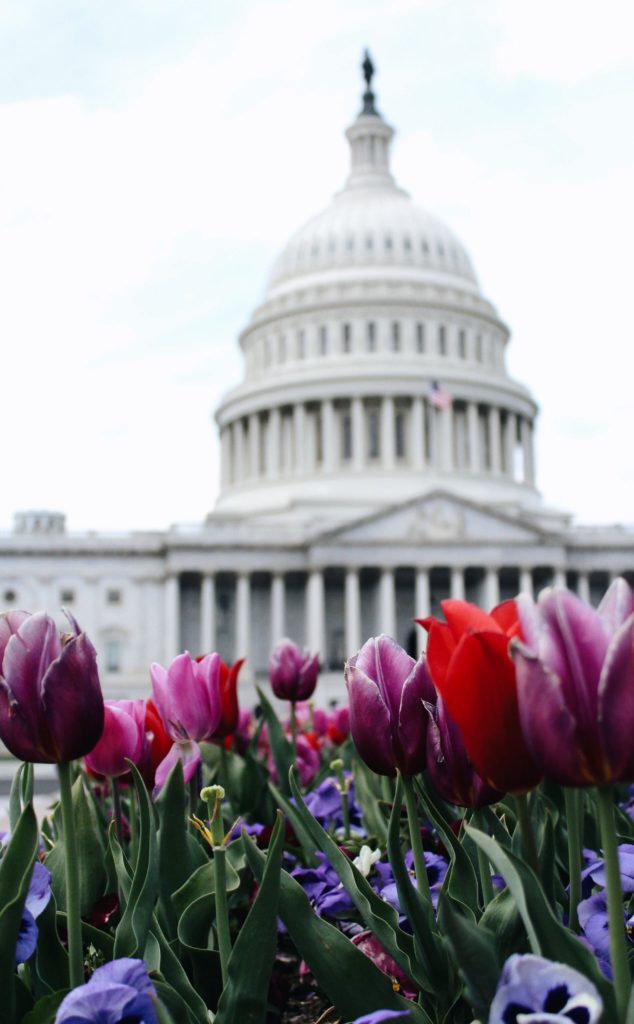
Happy Mothers’ Day.
Congress will be engaged in Committee business and floor votes for the next two weeks. The Hill reports on what we can expect from Congress in the near term.
From the COVID-19 front, Bloomberg informs us that
The share of U.S. hospital beds occupied by Covid-19 patients fell to 5.37%, the lowest since Oct. 5, according to the U.S. Department of Health & Human Services. Michigan had the biggest percentage of beds occupied by Covid patients at 13.3% followed by Maryland at 10.8%, according to the latest HHS data, which reflect the situation on Thursday. Florida had 3,504 hospitalized Covid patients, the most of any state, followed by Texas with 3,080.
The U.S. added fewer than 35,000 cases on Saturday, sending the seven-day rolling average of new infections to the lowest since the end of September. While reporting often lags on weekends, the data collected by Johns Hopkins University and Bloomberg is the latest sign that the pandemic in America is easing.
Another 625 people nationwide died of Covid-19, bringing the toll to more than 581,000 since the outbreak began. Detroit and New York City had the most deaths per capita among major metro areas in the week through Wednesday, according to a Centers for Disease Control and Prevention report dated May 6.
According to the CDC’s website, nearly 7.5 million doses of COVID-19 vaccine were administered over the past three days. Approximately 43% of the U.S. population over age 18 and 71% of that population over age 65 is fully vaccinated against COVID-19. All of these facts are clearly related.
Govexec reports on the Postal Service’s first quarter 2021 financial results.
USPS lost just $82 million in the second quarter of fiscal 2021, a marked improvement over the same quarter the previous year. When excluding inflationary adjustments to the agency’s workers’ compensation liabilities that are outside of management’s control, however, the agency experienced $1.7 billion in losses from January through March compared to $1.9 billion in that period of fiscal 2020.
Total revenue jumped 6% over the same period last year, led by a 34% spike in package business. The shift from regular mail—where plummeting volume persisted—to packages continued to add costs to the postal system, as packages entail additional personnel and transportation costs. * * *
The Postal Service’s costs jumped by 4% in the most recent quarter, which management attributed to package delivery and paid leave related to the pandemic. The agency’s total net loss of $82 million was down from $4.5 billion in the same period last year.
Joe Corbett, the USPS chief financial officer, speculated the agency would break even by fiscal 2023 or fiscal 2024, provided DeJoy’s plan is implemented. USPS is relying in large part on Congress to pass reforms that would remove much of its liabilities for retiree health care costs from its balance sheets.
Fredric Rolando, president of the National Association of Letters Carriers, said the postal revenue increases demonstrate those retiree health care reforms are the primary change needed. The uptick in business drives home “how much the American people and their businesses rely on the essential work of the Postal Service,” Rolando said
If the the Postal Service’s healthcare reforms would save money and the Medicare Part D integration would create a gusher of savings, why not just apply those reforms across the entire FEHB which would avoid the additional administrative cost of creating a new Postal Service Health Benefits Program within the FEHB Program?
